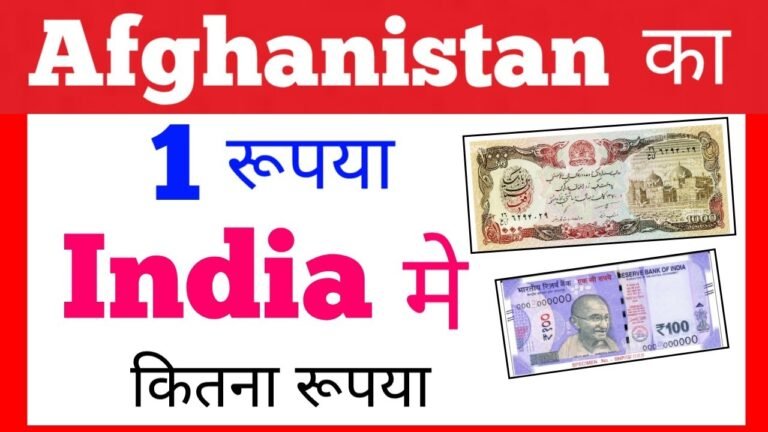
Delhi, the bustling capital city of India, is under siege from a relentless enemy: air pollution. This persistent issue has intensified, especially around the festive season of Diwali, when air quality plummets to hazardous levels. Following an extensive survey conducted by The Philox, the grim reality of air pollution’s impact on Delhi’s population has come to light, revealing staggering statistics that foreshadow a potential mass exodus and a sharp rise in pollution-related illnesses.
Delhi’s Alarming Air Quality Index (AQI): A Growing Crisis
The Air Quality Index (AQI) in Delhi has been a cause of concern for years, consistently hovering in the unhealthy and hazardous categories. Following Diwali celebrations, Delhi’s AQI often reaches levels above 400, with certain hotspots even crossing 500, turning the city into what has been described as a “gas chamber.” According to our survey, over 60% of Delhi residents report feeling adverse effects from air pollution, and many are considering leaving the city if the situation doesn’t improve.
Health Implications of High AQI Levels
As AQI levels soar, the health of Delhi’s residents is severely compromised. High concentrations of pollutants like PM2.5 and PM10 can lead to a host of respiratory and cardiovascular issues. The Philox survey indicates that 40% of people already suffer from respiratory issues such as asthma, bronchitis, and COPD due to prolonged exposure to poor air quality. Post-Diwali, these numbers are expected to increase sharply, as air pollution can exacerbate existing conditions and trigger new cases of severe respiratory ailments.
Common Diseases Caused by Air Pollution in Delhi
Air pollution in Delhi has led to a sharp increase in various health conditions, with certain diseases becoming alarmingly common:
- Respiratory Issues: Studies show that asthma cases rise by approximately 20% each year due to worsening air quality. Chronic cough, wheezing, and difficulty breathing are now reported by nearly 35% of survey respondents.
- Cardiovascular Diseases: Prolonged exposure to pollutants like NO2 and sulfur dioxide (SO2) leads to a higher risk of heart attacks and strokes. Health experts warn that the rise in AQI is likely to push cardiovascular diseases up by 15% in the coming years.
- Lung Cancer: The link between air pollution and lung cancer is undeniable. A significant number of Delhiites are at increased risk of developing lung cancer as toxic air persists, making it one of the most lethal health risks associated with air pollution.
- Mental Health Issues: Recent studies have linked air pollution to increased rates of anxiety, depression, and cognitive impairment. The Philox survey reports that over 20% of Delhi residents have noticed worsened mental health, including increased irritability and difficulty concentrating.
Projected Impact: Delhi at a Crossroads
Based on the findings of The Philox survey, it is projected that, if current trends continue, nearly 25% of Delhi’s population could be forced to relocate within the next five years. The inability to breathe clean air is causing a steady decline in residents’ quality of life, and with deteriorating health, families are actively considering relocation.
Reasons Behind Delhi’s Deteriorating Air Quality
Several factors contribute to Delhi’s increasingly toxic air quality:
- Vehicular Emissions: Delhi’s roads are choked with traffic, leading to substantial emissions of carbon monoxide (CO), nitrogen oxides (NOx), and hydrocarbons.
- Industrial Emissions: Factories in and around Delhi release enormous amounts of sulfur dioxide and particulate matter, further compounding the city’s pollution crisis.
- Construction Dust: With construction projects ongoing year-round, dust particles exacerbate the already polluted air, especially on dry, windy days.
- Stubble Burning: During autumn, neighboring states burn agricultural waste, sending thick clouds of smoke to Delhi. This seasonal practice results in a sharp spike in AQI, adding layers of pollutants.
- Diwali Celebrations: Firecrackers used during Diwali contribute significantly to the spike in suspended particulate matter (SPM) in the air, which lingers for days, exacerbating health problems for vulnerable populations.
Government Interventions and Challenges
The Delhi government has implemented several measures to combat air pollution, including:
- Odd-Even Vehicle Scheme: To reduce vehicular emissions, the government imposes restrictions on car usage during peak pollution periods.
- Graded Response Action Plan (GRAP): This set of measures includes shutting down industries, stopping construction, and restricting vehicular movement based on AQI levels.
- Smog Towers and Air Purifiers: Delhi has installed smog towers to help filter the air in public spaces, though the effectiveness is limited to nearby areas.
- Electric Vehicle Initiatives: Efforts to promote electric vehicles (EVs) are underway, with incentives for residents to switch to EVs and curb emissions.
While these measures have had a marginal impact, they are far from sufficient to tackle a crisis of this scale.
Solutions for Reducing Air Pollution Exposure
While governmental intervention is crucial, there are steps that Delhi residents can take to protect themselves:
- Wear Masks: High-quality N95 masks can block up to 95% of airborne particles, providing a protective barrier against pollution.
- Indoor Air Purifiers: Using HEPA air purifiers at home can help reduce indoor pollution levels by capturing fine particles from the air.
- Limit Outdoor Activities: Avoid outdoor exercise or strenuous activities on days when the AQI is dangerously high, especially early in the morning or late at night when pollution levels are often at their peak.
- Monitor AQI Levels: Regularly checking the AQI on apps or websites allows individuals to plan their day accordingly, minimizing exposure during peak pollution hours.
Delhi: A City on the Verge of a Health Catastrophe
The Philox survey results depict a bleak future for Delhi unless drastic measures are taken. With an AQI that fluctuates between 300-500 on average, the people of Delhi are being forced to make difficult choices about their health, their families, and their future in the city. The reality of living in a gas chamber has brought air pollution to the forefront of every conversation, with experts warning that the health crisis could reach catastrophic levels if not addressed immediately.
Conclusion
Air pollution is more than just an environmental problem in Delhi; it is a public health emergency. As the AQI continues to worsen, The Philox survey indicates a growing number of residents facing life-altering decisions. Families and individuals are grappling with the difficult choice of staying in their homes or leaving the city in search of a healthier life. Immediate action, strict adherence to pollution-control policies, and a shift towards sustainable practices are essential if Delhi is to provide its citizens with a safer, healthier future.







